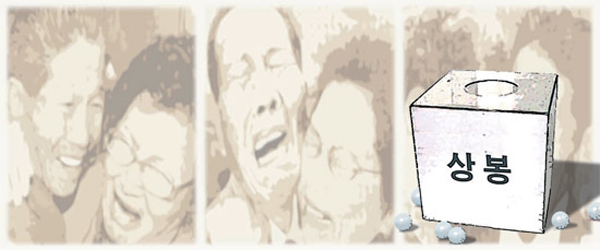A Lotto-like reunion of separated families

The lottery for family reunions resumed three years after the last event in November 2010. Once again, my 93-year-old father and 84-year-old mother were not chosen. Among the 128,884 registered separated families, 72,882 are still alive and 55,960 have died. My father, a North Pyeongan province native, is one of 6,763 nonagenarian survivors. My mother, who was born in South Hamgyeong province, belongs to the octogenarian age group of 29,484.
When the Korea Red Cross picked the family reunion candidates on Aug. 24, we were hopeful that my parents would finally meet their displaced family members. However, the chance of being picked as one of the 500 candidates is 0.68 percent, and the chance of becoming one of the final 100 is 0.13 percent. Only one of 1,000 gets to meet lost family members in the North. While it is far higher than the chance of winning the Lotto, 1 in 8.14 million, the slim chance is painfully tragic. When four out of five are over age 70, it is not just a matter of possibility but a fight against time.
The candidates are not just selected within the South. The Integrated Information System for Separated Families has a list of 200 family members that North Korean residents hope to meet. They include people born all over South Korea as well as Japan. They often use old names or different spellings, illustrating the change in time and discrepancy between the South and the North. While most of the dispersed families are in their 80s, none are over 90.
I was born in the South and have little attachment to my parents’ hometowns, although my roots trace back there. However, my parents feel differently. With the Chuseok holiday approaching, Seoul and Pyongyang will exchange information to verify the survival of the reunion candidates. It will surely be a great Chuseok present. After the holiday weekend, the reunion event will be held at Mount Kumgang from Sept. 25. In late October. 40 more families from the South and the North respectively will reunite via a video conference.
In fact, my father is already frail in mind, and I haven’t told him that the candidate selection was completed. But I am more worried about my mother, who will be devastated when the reunion is broadcast on television.
*The author is an editorial writer of the JoongAng Ilbo.
By NOH JAE-HYUN










with the Korea JoongAng Daily
To write comments, please log in to one of the accounts.
Standards Board Policy (0/250자)